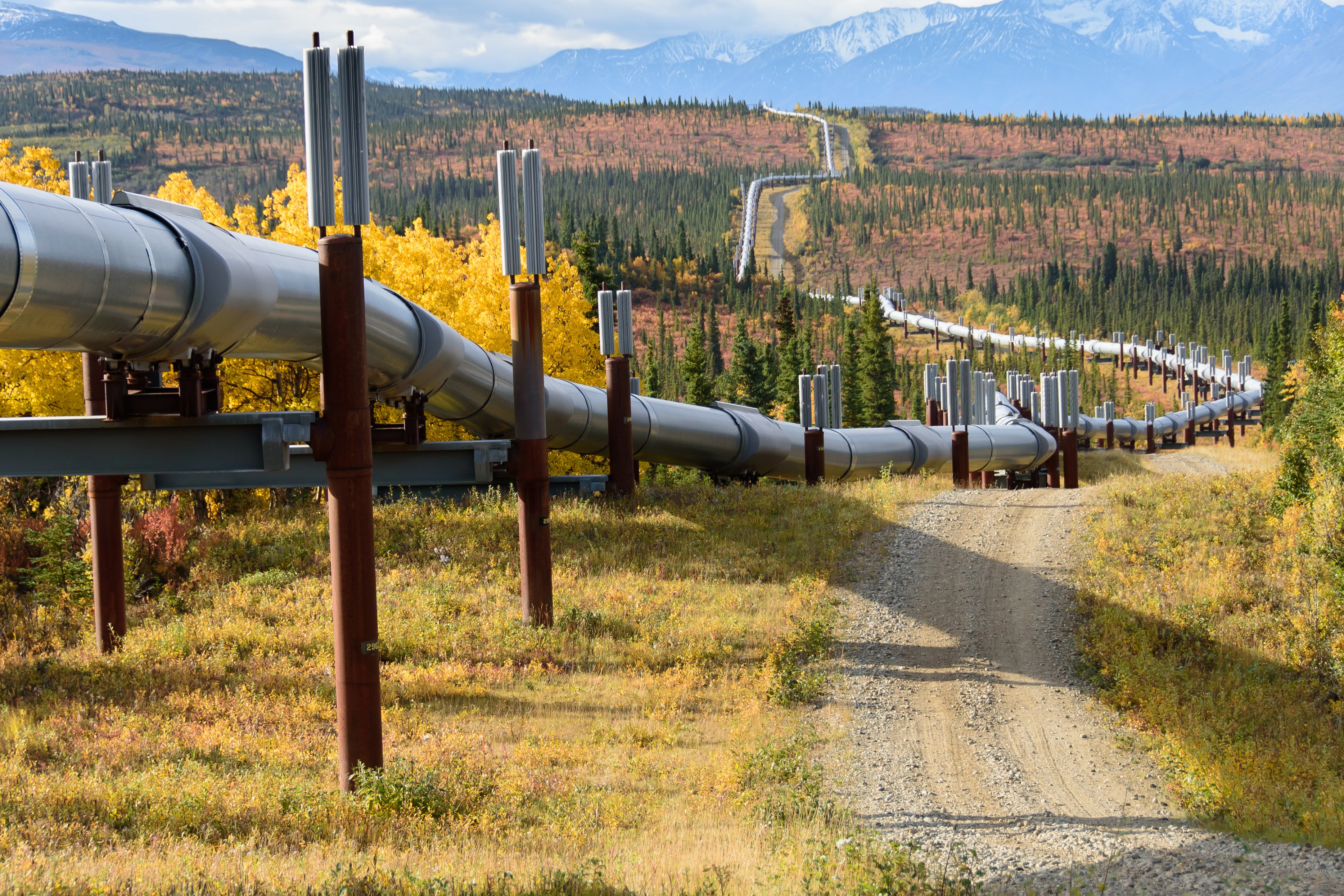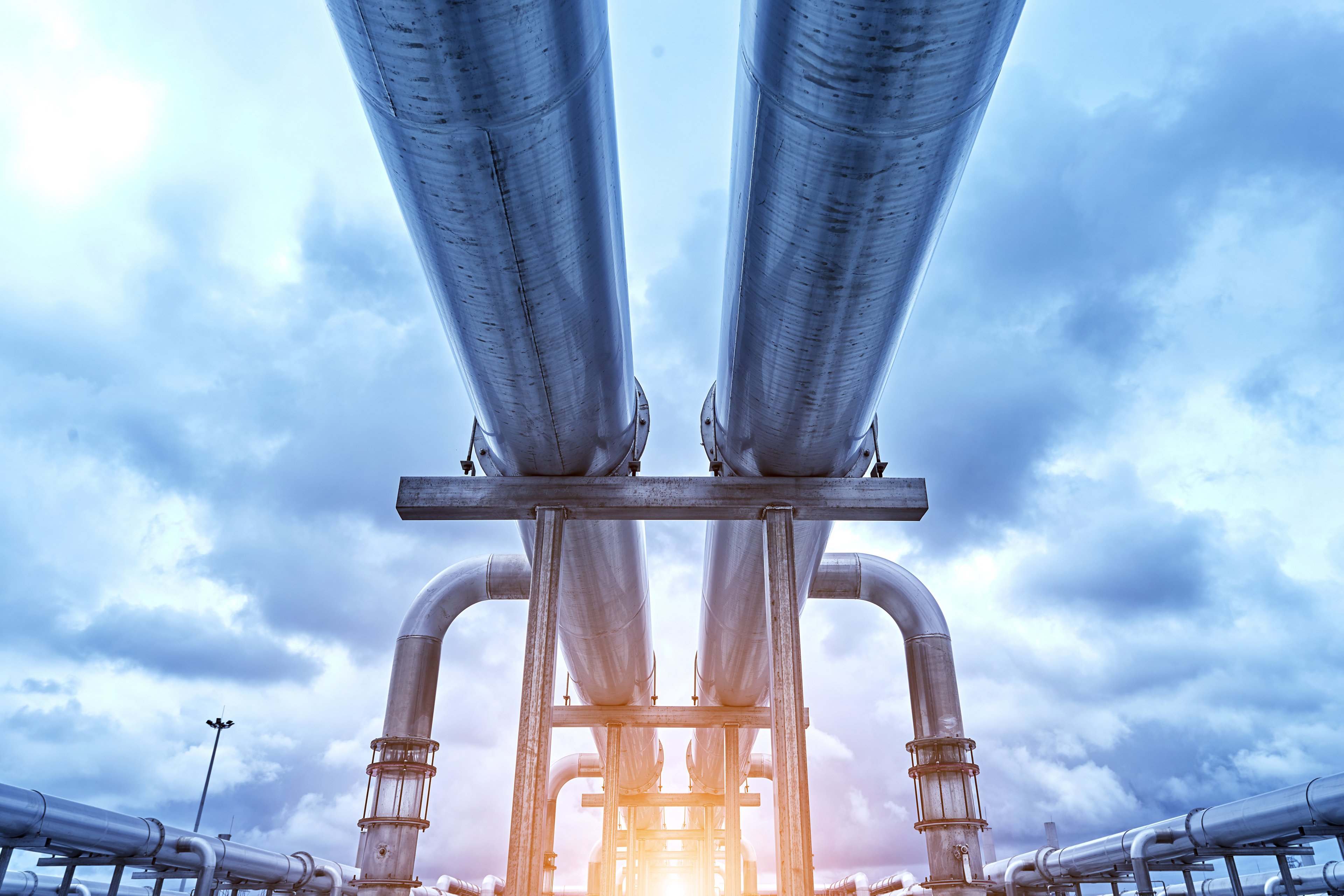Energy Transfer's (ET 0.24%) earnings and cash flow continued to rise during the third quarter, fueled by the billions of dollars it's investing in expanding its midstream infrastructure. That solid showing has the energy company on track to achieve its full-year forecast.
Digging into Energy Transfer's third-quarter results
|
Metric |
Q3 2019 |
Q3 2018 |
Year-Over-Year Change |
|---|---|---|---|
|
Adjusted EBITDA |
$2.79 billion |
$2.58 billion |
8.1% |
|
Distributable cash flow (DCF) |
$1.52 billion |
$1.38 billion |
9.9% |
|
DCF per unit |
$0.58 |
$0.53 |
9.4% |
|
Distribution coverage ratio |
1.88 |
1.73 |
8.7% |
Data source: Energy Transfer.
Energy Transfer's earnings rose mainly because of the strong performance of its natural gas liquids (NGL) and refined products segment:

Data source: Energy Transfer. Chart by the author.
Earnings in the NGL and refined product segment rose to a record level, soaring 34% year over year. The primary driver was the start-up of the Mariner East 2 pipeline at the end of last year. That system not only boosted pipeline transportation earnings but also helped bolster the results of its terminal services business as it exported those NGLs overseas. This segment also benefited from higher volumes on its Texas NGL pipelines resulting from production growth in the Permian Basin. Finally, it got a boost from a new NGL processing plant that started up in February.
Energy Transfer's results also benefited from increased utilization of its Texas intrastate gas pipelines and higher volumes on its Bakken and Texas crude pipelines resulting from rising production. Meanwhile, earnings from its investment in USA Compression rose thanks to increased demand for its services and its ability to reduce costs. Finally, the company's "all other" segment posted better results in large part because of a decrease in selling, general, and administrative expenses.
Those positives more than offset weaker year-over-year results in Energy Transfer's other three segments. The primary issues affecting those units were higher costs in interstate transportation, lower commodity prices in midstream, and the absence of a large one-time cash settlement with a fuel supplier at Sunoco LP.

Image source: Getty Images.
A look at what's ahead for Energy Transfer
Energy Transfer's solid quarter kept it on track with its full-year guidance. As a result, it still expects to produce between $10.8 billion and $11 billion of adjusted EBITDA this year. At the midpoint, that's a 14.6% year-over-year increase from 2018's level. Meanwhile, the company still plans to invest between $4.6 billion and $4.8 billion in expansion projects. It has already completed several of them, including the JC Nolan Pipeline joint venture with Sunoco that started up in the third quarter and the Permian Express 4 expansion, which came online in early October. These and other recently completed projects should help provide a boost to its fourth-quarter results.
That outlook, however, excludes any impact from SemGroup (SEMG +0.00%), which the company agreed to acquire in September. The cash-and-unit deal values the midstream company at $5 billion. SemGroup's investors will vote on the transaction on Dec. 4. If they approve the merger, it should close shortly after the vote. Given that timeframe, it could provide a slight lift to Energy Transfer's full-year results.
That deal would primarily bolster Energy Transfer's oil and NGL businesses by adding new pipelines and a large-scale export terminal to its portfolio. The company also believes that the merger will generate about $170 million in annual cost savings. Furthermore, it will enhance its growth prospects by facilitating the development of a new pipeline that will link its Nederland terminal with SemGroup's Houston Fuel Oil Terminal. That sets it up to help drive Energy Transfer's growth in 2020 and beyond.
A solid quarter for the pipeline giant
Energy Transfer's earnings continued to grow during the third quarter, fueled in large part by the recent completion of the Mariner East 2 NGL pipeline. With the company recently completing a few more expansions and agreeing to buy SemGroup, it should have the fuel to continue growing at a healthy pace in the coming quarters. Add that to its nearly 10%-yielding payout, and Energy Transfer could richly reward patient investors over the long term.






